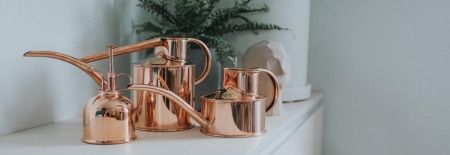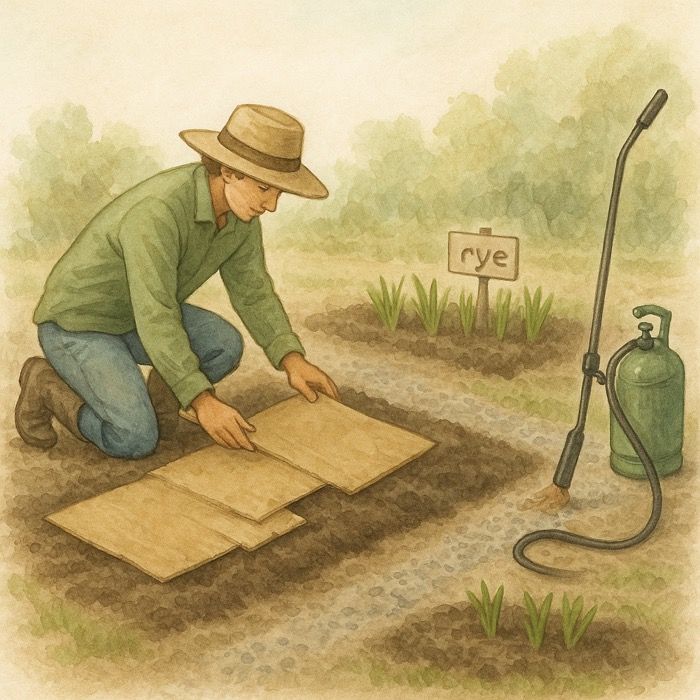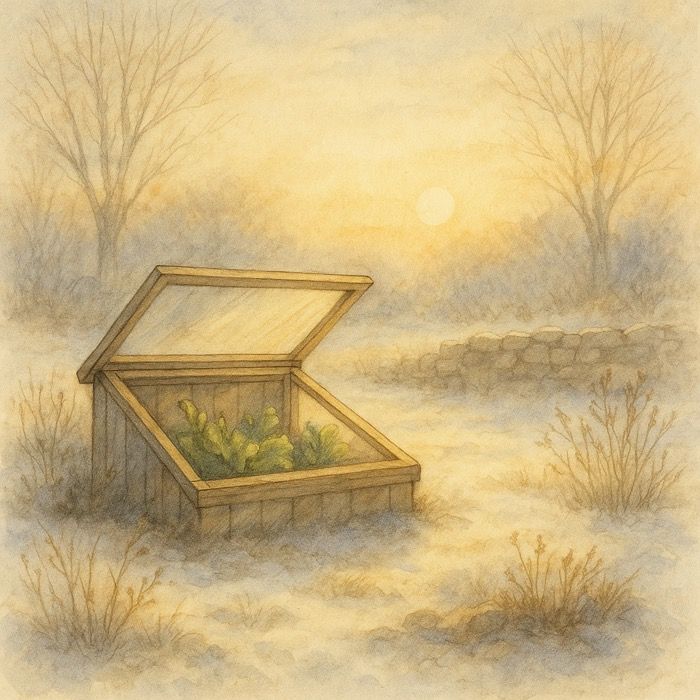Buying the Right Grow Lights for Indoor Growing: A Comprehensive Guide
Lamps for Indoor Growing
Introduction
Indoor gardening is an enriching hobby and a practical solution for those lacking outdoor space. However, success in this endeavor hinges on one crucial factor: choosing the right grow lights. This comprehensive guide is tailored to help both novices and experienced gardeners make informed decisions about grow lights, ensuring a thriving indoor garden.
Understanding Your Needs
In the world of indoor gardening, understanding the specific requirements of your plants and growing space is crucial. Different plants have unique light needs, and the characteristics of your growing area significantly influence the type of grow lights you should choose. Additionally, your budget plays a vital role in determining the feasibility of different lighting options.
- What Are You Growing? Different plants require different light intensities, spectrums, and durations. It is essential to research the specific needs of your plants. The light requirements vary significantly between vegetative growth and flowering stages.
- Assessing Your Growing Space The size of your growing area, the available natural light, and the ventilation all play a role in your choice of grow lights. These factors help in determining the amount and type of lighting needed to create an optimal growing environment.
- Budget Considerations Grow lights come in various price ranges, depending on their size, technology, and features. While budget constraints are important, it’s also crucial to consider the long-term benefits of investing in quality lighting.
Light Technology
The choice of technology in grow lights impacts everything from energy efficiency to plant health. Understanding the different types of grow lights available in the market and their respective benefits will help you make a more informed decision.
- LEDs (Light Emitting Diodes) LEDs are a popular choice due to their energy efficiency and ability to provide a full spectrum of light. They are also known for their long lifespan, making them a cost-effective option in the long run.
- Fluorescents Fluorescents, particularly T5 High Output fluorescents, are less expensive but generate more heat and have shorter lifespans. They are a viable option for those who prefer a less costly upfront investment.
- Incandescents Incandescent lights are generally not recommended for serious indoor growing. They are inefficient, produce a lot of heat, and offer a poor light spectrum for plant growth.
Light Spectrum
The spectrum of light your grow lights provide is crucial for plant health and growth. Different spectrums influence various stages of plant growth, from seedlings to flowering.
- Full Spectrum Full-spectrum lights mimic natural sunlight and provide a range of wavelengths suitable for most plants throughout their lifecycle.
- Blue-Dominant Lights Blue-dominant lights are ideal for promoting vegetative growth and are particularly beneficial during the foliage development stage of plants.
- Red-Dominant Lights Red-dominant lights are best suited for the flowering and fruiting stages of plant growth, encouraging blossoms and fruit production.
Additional Considerations
In addition to light technology and spectrum, several other factors contribute to the effectiveness of grow lights. These considerations are vital in ensuring that you choose a lighting system that meets all your indoor gardening needs.
- Color Rendering Index (CRI) A higher CRI indicates light quality closer to natural sunlight, which is better for overall plant health. Lights with a CRI above 80 are generally considered good for plant growth.
- Lumens Lumens measure the intensity of light. Plants that require high light intensity will need grow lights with more lumens.
- Coverage Ensuring that your grow lights provide uniform coverage across your growing area is crucial. In larger spaces, multiple fixtures might be necessary to achieve even light distribution.
- Adjustability Lights with adjustable height or intensity are beneficial as they can be tailored to accommodate different stages of plant growth.
- Heat Output The heat generated by grow lights is an important consideration, especially for plants that are sensitive to high temperatures. LEDs are preferable for their lower heat output.
- Safety Choosing grow lights with proper safety certifications and features is essential for a safe indoor gardening experience.
Conclusion
Selecting the right grow lights is a critical step in setting up a successful indoor garden. By understanding your specific needs, choosing the appropriate technology, and considering factors like light spectrum, intensity, and safety, you can create an ideal environment for your plants to flourish. Remember, investing in quality grow lights not only benefits your plants but also contributes to the sustainability and efficiency of your indoor gardening venture. Happy growing!
FAQ: Choosing the Right Grow Lights for Indoor Gardening
Q1: What factors should I consider when buying grow lights for indoor plants?
A: When choosing grow lights, consider the types of plants you are growing, the size of your indoor garden, light intensity and spectrum needs, energy efficiency, heat output, adjustability, and your budget. Each factor plays a crucial role in the health and growth of your plants.
Q2: Are LED grow lights better than fluorescent lights?
A: LED lights are generally more energy-efficient, have a longer lifespan, and produce less heat compared to fluorescent lights. They also offer a full spectrum of light, which is beneficial for most plants. Fluorescents, especially T5 HO, are a more budget-friendly option but may not be as efficient in the long term.
Q3: How important is the light spectrum in grow lights?
A: The light spectrum is very important as different spectrums influence various stages of plant growth. Full-spectrum lights are ideal for overall plant growth, blue-dominant lights encourage vegetative growth, and red-dominant lights are beneficial for flowering and fruiting stages.
Q4: How do I know if my plants are getting enough light?
A: Signs that your plants are getting enough light include healthy leaf color, normal growth patterns, and flowering at the appropriate stage. If your plants are leggy, weak, or have discolored leaves, it may indicate insufficient light.
Q5: Can I use regular LED bulbs as grow lights?
A: Regular LED bulbs can be used for growing plants but may not be as effective as specialized grow lights. Grow lights are designed to provide a spectrum of light that mimics natural sunlight, which is essential for plant health and growth.
Q6: How much should I spend on grow lights?
A: The amount to spend on grow lights depends on your budget and gardening goals. While higher-quality lights may be more expensive, they can be more cost-effective in the long run due to their energy efficiency and longer lifespan.
Q7: How close should grow lights be to the plants?
A: The distance between grow lights and plants varies depending on the type of light and the plant’s light needs. Generally, LED lights can be closer to plants than fluorescents or incandescents because they produce less heat.
Q8: Do grow lights use a lot of electricity?
A: The electricity usage of grow lights depends on their type and how often they are used. LEDs are the most energy-efficient, while incandescents consume the most energy. Consider using a timer to control light exposure and save energy.
Q9: Is it possible to leave grow lights on all the time?
A: Plants generally need periods of darkness to rest and respire, similar to their natural cycle. Continuous light can stress plants, leading to poor growth or health. Follow a light cycle that mimics natural day and night patterns.
Q10: Can grow lights burn plants?
A: Yes, if placed too close or if they generate a lot of heat, grow lights can burn plants. It’s important to monitor the heat output and adjust the distance between the lights and plants as needed. LEDs are less likely to cause burn due to their lower heat output.
More From Our Master Gardener
Recent Posts

❄️ Snow as Fertilizer – The Truth About “Poor Man’s Nitrogen”

5 Unexpected Winter Weed Control Strategies (That Don’t Involve Mulch)

Harnessing Winter Sun – Passive Solar Tricks for Your Garden

How to Grow Spinach – The Ultimate Beginner’s Guide for Tender, Nutritious Leaves

How to Grow Peas: The Ultimate Beginner’s Guide for Sweet, Crisp Harvests















